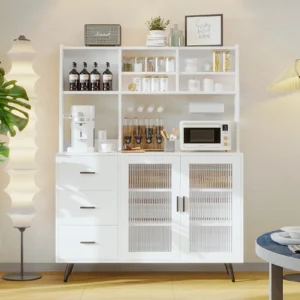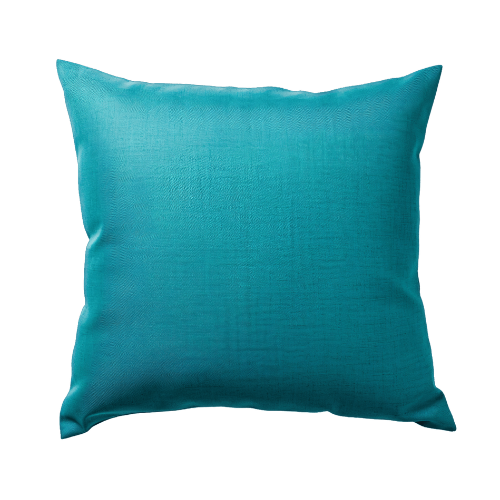1. Types of Kitchen Cabinets
Before selecting your kitchen cabinets, it’s essential to understand the different types available:
The material of your kitchen cabinets determines their durability and appearance. Common materials include:

Your kitchen cabinets set the tone for your kitchen’s overall look. Popular styles include:
The color and finish of your cabinets can transform the atmosphere of your kitchen. Consider:
Modern kitchen cabinets should be as functional as they are stylish. Consider these features:
Your budget will play a crucial role in your cabinet selection. Keep in mind:
Deciding whether to install kitchen cabinets yourself or hire a professional depends on your skill level and budget. DIY installation can save money but requires time and precision, while hiring a professional ensures high-quality workmanship.
Selecting the perfect kitchen cabinets involves balancing aesthetics, functionality, and budget. Whether you opt for stock, semi-custom, or custom cabinets, carefully consider the materials, styles, and features that best suit your needs. With thoughtful planning, you can create a beautiful and efficient kitchen space that enhances your home for years to come.
Title: The Ultimate Guide to Garage Floor Maintenance Introduction Your garage floor takes a lot of abuse—from vehicle traffic to oil spills, dirt, and heavy
Our team of home decor experts is dedicated to transforming your living space into a haven of beauty and comfort.


